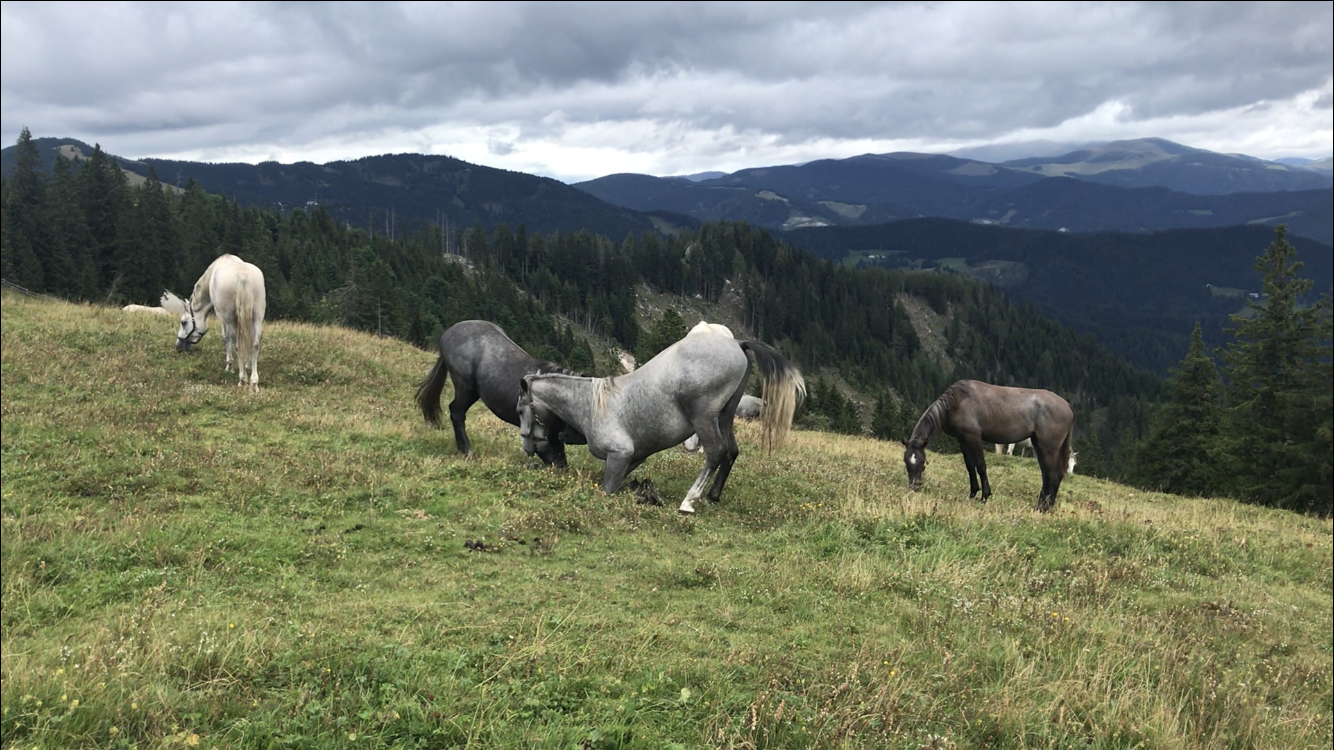Making the Case Against Draw Reins
This topic has been in the back of my mind for a long time. I see draw reins being used daily by both professionals and amateurs with a casual attitude as if they were some kind of gymnastics band. Typically they are used on horses that don’t easily go on the bit, or on horses that are too fresh or strong and couldn’t be reasonably well controlled otherwise. And I know that many of those riders really think they are doing their horses a favor by having them “go in a frame”. The common belief is that as long as the horse’s head isn’t pulled behind the vertical, i.e. the horse isn’t forced into Rollkur, it’s quite ok to use them.
What this doesn’t take into consideration is that the “frame” is still forced. The horse is not able to use his neck for balance, whether he hovers behind the contact, giving the rider the illusion that they’re not even using the draw rein, or pulls against it. It has nothing to do with training. Correct training teaches the horse self carriage. In virtually all the scenarios in which I see them used, they have absolutely no positive effect for the horse, only for the rider in the sense that they don’t really have to address all the underlying training (or management) issues.
It has also been shown that jumping in draw reins not only affects the horse’s spine negatively, but also the front limbs and is likely to cause injury. Because the horse cannot balance properly over the neck, the stress on the structures of the front legs is multiplied.
And in general, pressure on the horse’s lower jaw, whether from draw reins or too much hand, inhibits the motion of the hind legs, the very thing that we are looking to encourage. This can even be shown during necropsy.
Ingrid Klimke gives her statement about draw reins in this short video (it’s in German). She explains that she’s never ridden in draw reins but that she’s ridden horses who had been trained with them. She points out that the horses had not been able to develop a proper top line, but instead had huge undernecks. If there was an issue with a horse not being on the bit, her father used to tell her to go onto a circle and ride trot/walk transitions until the horse was through. She does very specifically not endorse the use of draw reins. And let’s just remember who she is: an Olympic champion in eventing and also highly competitive in dressage, who is known for producing happy, motivated horses at the highest levels of competition through correct classical German training.
Yet the belief that pulling a horse round is a valid training method – or at the very least a neutral tool to get through a ride – sticks around. I work with horses who are ridden that way and without exception, in my experience, I can feel that their backs get stiffer, their range of motion decreases, the gaits start deteriorating (especially the canter), and some even become resistant and “difficult.” This is not something that one or two gymnastisizing dressage rides can permanently undo. It may help the horse temporarily like a good PT session, but a healthy, happy horse requires consistency.
I want to acknowledge that there are some professionals (whom I respect) who believe that in some very specific and rare cases, the one- or two-time use of draw reins may be beneficial for a particular purpose with a specific horse. However, this is not how they are used in the vast majority of cases.
I would love for professionals (including veterinarians, body workers etc.) and amateurs to join me in voluntarily no longer using draw reins, and I’d love to encourage retailers to no longer sell them. Good riding is enough.
*Photo is for illustration only






